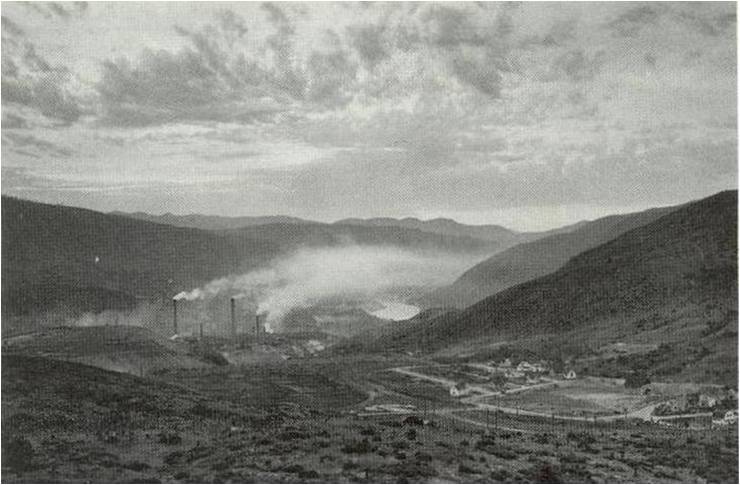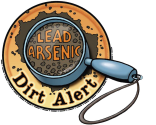
The upper Columbia River/Lake Roosevelt site extends over 150 miles from the U.S.-Canadian border near Northport, Washington, to the Grand Coulee Dam. The site lies within parts of Lincoln, Ferry, and Stevens counties.
Smokestack emissions into the atmosphere, as well as direct waste releases into the Columbia River of slag and liquid effluents from metal smelting, contaminated the river and broad upland areas near the Canadian-U.S. border. Slag is an angular, somewhat glassy, industrial waste containing hazardous substances including zinc, lead, copper, and other metals.
The Teck Trail smelter, located less than 10 miles across the border in Trail, British Columbia (B.C.), on the banks of the Columbia River, is the main contaminant source. Since 1896, Teck Metals Ltd. and its predecessors (Cominco and others) have continuously operated the smelter in Trail. Smaller contributions near Northport, Washington, also came from the now-closed Le Roi smelter.


